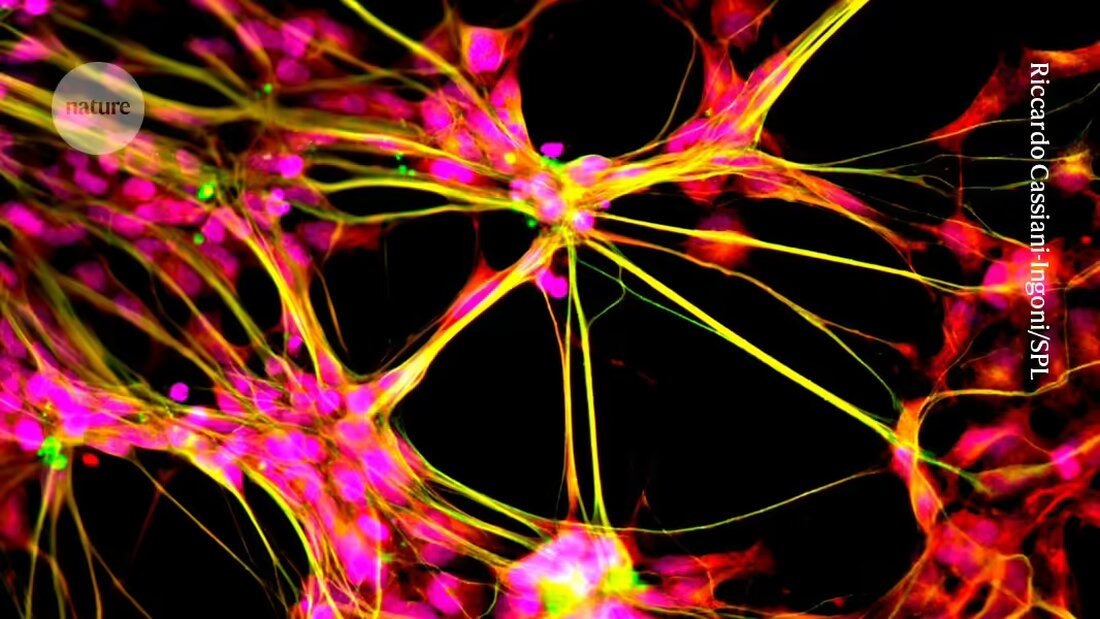CRISPR rejuvenates stem cells in the brains of mice
CRISPR studies show how a specific gene in mice restores the youthfulness of brain stem cells and increases their effect on new neurons.

CRISPR rejuvenates stem cells in the brains of mice
Notes on preserving the regenerative cells in the brain, which remain young and energetic as they age, were discovered by using CRISPR genetic technology on mice 1.
Age makes it difficult Stem cells in the brain to produce new cells. However, the study authors found that reducing the activity of a particular gene Stem cells rejuvenated, allowing them to multiply and supply the brain with new neurons.
This gene regulates stem cells' consumption of glucose, a sugar that is crucial for cell metabolism. The results in mice fit well with the emerging picture from studies of postmortem human brains. These studies have also shown that age affects metabolism in the brain, says Maura Boldrini, a neuroscientist and psychiatrist at Columbia University Irving Medical Center in New York City, who was not involved in the current research. “It is likely that their metabolism is less efficient than before,” she adds, noting that both the human results and the mouse study, published today in Nature, “open new avenues for potential therapeutic approaches.”
A teenage brain
The role of neural stem cells in the human adult brain is controversial. Boldrini and others have published evidence that new neurons are being formed in the hippocampus, an area of the brain important for learning and memory, by age 79 2. Her team is now investigating whether the production of new neurons in humans can be linked to Alzheimer or psychiatric illnesses. However, some researchers report that they have found no evidence that adults are creating new neurons in the hippocampus. “These controversies continue,” Boldrini says.
In mice the picture is clearer. In a region of the brain called the subventricular zone, neural stem cells can give rise to neurons and other cell types. These young cells then migrate to the Olfactory bulb, which is responsible for the sense of smell. A steady supply of fresh neurons for the olfactory bulb makes sense in mice because they rely heavily on their sense of smell to detect changes in their environment, says Anne Brunet, a geneticist who studies aging at Stanford University in California and an author of the new study.
However, as mice get older, these stem cells become less active. Brunet and her team decided to find out why. The researchers used CRISPR-Cas9 genetic technology to systematically disrupt 23,000 genes, and then tested the effects of each disrupted gene on neural stem cells taken from young and old mice and grown in the laboratory.
Neural support
The screening revealed 300 genes that could play a role in neuronal stem cell aging. The researchers further narrowed the pool by using CRISPR-Cas9 to disrupt some of these genes in subventricular zone cells of living young and old mice. The authors then examined the animals' olfactory bulbs and identified a select group of important genes. Disrupting these genes increased the production of neurons by stem cells in old animals, but did not affect the stem cells of young animals.
One such gene, called Slc2a4, encodes a protein that imports glucose into cells. Disrupting this gene reduced the cells' glucose uptake and increased their ability to reproduce.
This finding correlates with previous studies that have found a link between sugar metabolism and aging, says Saul Villeda, a neuroscientist at the University of California, San Francisco. Researchers recently reported that a diabetes drug counteract age-related cognitive decline in monkeys can. But the latest finding is particularly important because it points to a specific protein that plays a key role and could be targeted in future studies, he says.
Even if the role of neural stem cells in adult humans is questionable, the results provide crucial information for the development of cell therapies that could one day treat neurodegenerative diseases, Villeda notes.
-
Ruetz, T.J. et al. Nature https://doi.org/10.1038/s41586-024-07972-2 (2024).
-
Boldrini, M. et al. Cell Stem Cell 22, 589–599 (2018).
-
Sorrells, S.F. et al. Nature 555, 377–381 (2018).

 Suche
Suche
 Mein Konto
Mein Konto
